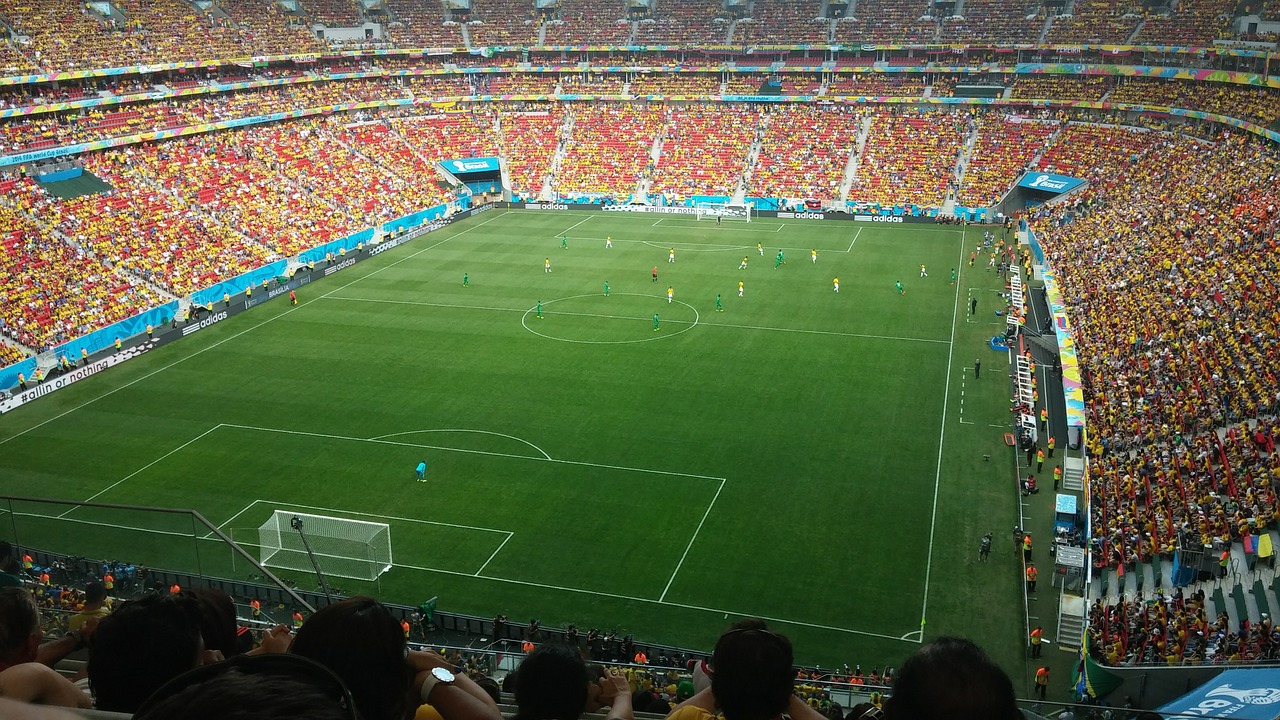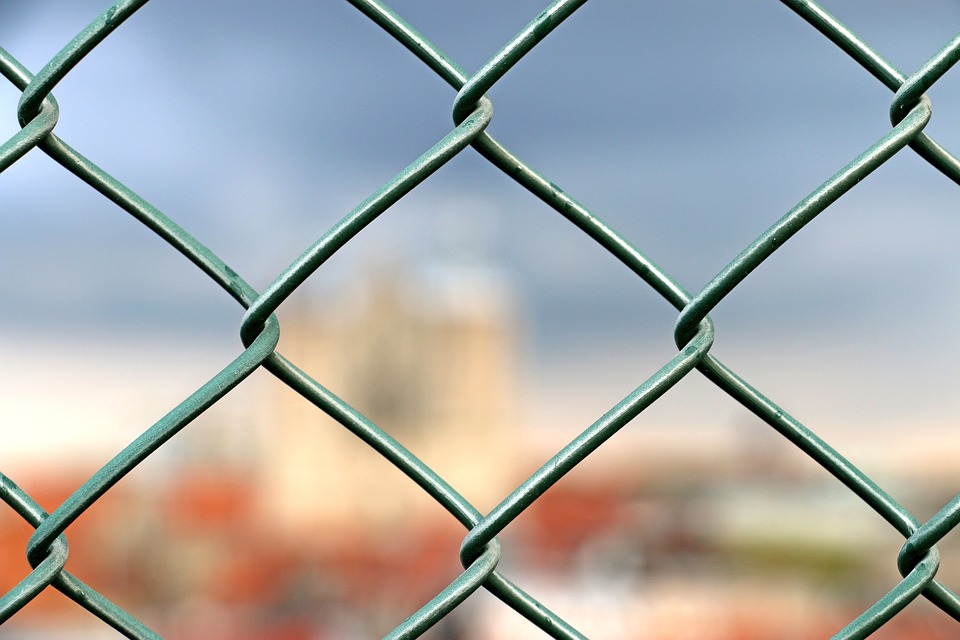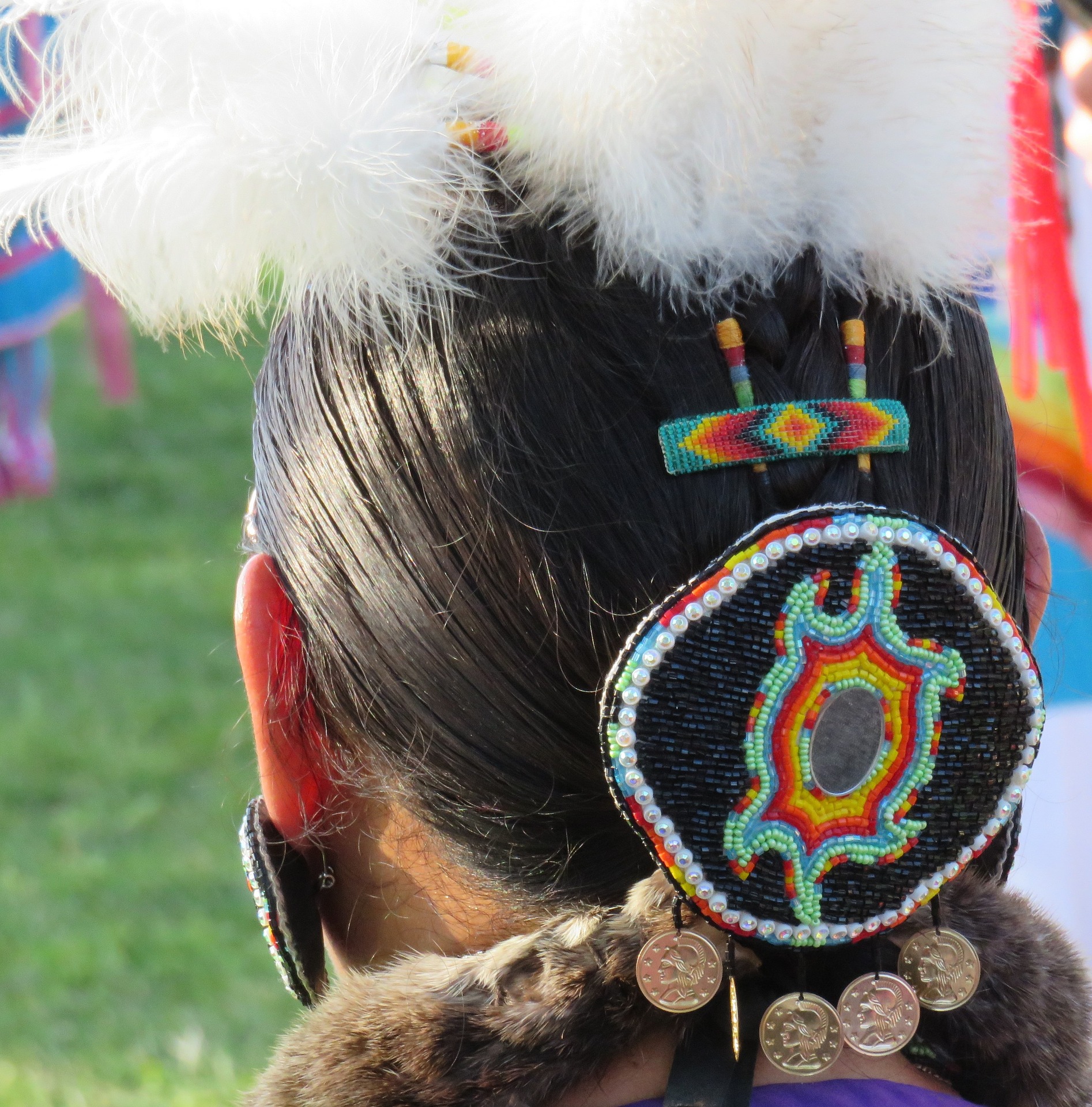In this case, the women are the referees, and they just booked FIFA with a red card. For years, the soccer federation, Fédération Internationale de Football Association (FIFA), has dealt with allegations of bribery, vote-rigging, and corruption. This October, FIFA faces a new allegation: gender discrimination.
On the heels of the successful 2014 Men’s World Cup, FIFA began implementing plans for the tournament’s counterpart: the 2015 Women’s World Cup in Ontario, Canada. For example, this autumn, FIFA announced that in the 2015 tournament, female players will play on turf instead of grass.
On surface level, there appears to be little difference between turf and grass. For the athletes, however, the ‘beautiful game’ on turf becomes less beautiful. The athletes claim that the surface impacts how the ball moves across the field and changes the very style, pace, and nature of how the game is played: no bounce, no slide-tackles, no iconic Persie-esque diving headers. Furthermore, players claim that the turf poses a higher risk of injury. (For a thorough look at these claims, see Female Soccer Players file discrimination suit over Women’s World Cup, CBSNews.com, Oct. 1, 2014; Laken Litman, Alex Morgan on why artificial turf is tough for players, USA Today Sports, Oct. 15, 2014.)
The Suit
In October, as a result of these alleged disadvantages of turf, over 50 international female soccer players filed a lawsuit in the Ontario Human Rights Tribunal against FIFA and the Canadian Soccer Association. The women athletes allege that FIFA’s decision to play the 2015 Women’s World Cup on artificial turf violates Canada’s Human Rights Code by discriminating against the players on the basis of gender.
Among the harms claimed in the lawsuit are that the surface fundamentally alters the way soccer is played, the athletes would be exposed to a heightened risk of serious injury, and that the “second-class” turf would demean their dignity. Additionally, after the original suit was filed, FIFA allegedly threatened to suspend certain athletes from their national teams if they took part in the lawsuit; plaintiffs subsequently added retaliation to their list of grievances. (Josh Rubin, Women’s World Cup Turf Lawsuit Adds ‘Retaliation’ Claim, thestar.com, Nov. 12, 2014.)
To support their claims, the women assert that both the men’s and women’s World Cups have been played on natural grass for decades. Also, despite FIFA’s insistence that the Men’s World Cups will also “soon” be played on turf, the 2018 and 2022 Men’s tournaments in Russia and Qatar are both already slated for grass fields. (Andrew Warshaw, 2015 turf wars: FIFA Says it is About Pitch Quality and Weather, Lawyers Disagree, InsideWorldFootball.com, Nov. 12, 2014).
While the women’s suit would not have traction in the American judicial system (unless perhaps brought forth by female college athletes under Title IX), the Ontario Human Rights Code is fairly all-encompassing, protecting participating athletes from gender discrimination. Specifically, Section 1 dictates that all people have the right to be free of discrimination when they receive services, seek goods, or use facilities; the code clearly protects against discrimination on the basis of sex and gender identification.
Typically, if plaintiffs establish a prima facie case, both sides will proceed through mediation; if the parties do not reach a settlement, they will proceed to a hearing. (See Michael McCann, Players’ anti-turf lawsuit for Women’s World Cup not a clear-cut win, SportsIllustrated.com, Oct. 31, 2014).
Possible Outcomes
Last week, the Human Rights Tribunal of Ontario rejected the players’ request for an expedited hearing. The Tribunal then offered the parties early mediation, however, the CSA refused to take part. With the Women’s World Cup mere months away, the players’ attorneys are urging the tribunal to reconsider the fast-tracked hearing—a decision, whether through an expedited hearing or a settlement, must come soon. FIFA still refuses to negotiate and is proceeding with turf for the tournament. If the case proceeds, the result of this lawsuit is unclear: both parties’ arguments have merit. The players’ complaints are plausible under the Canadian gender discrimination laws. However, FIFA and the CSA also pose valid defenses: many Canadian Men’s soccer clubs play on turf and the requested remedy may be unreasonable.
The organization’s resoluteness, however, leads one to wonder whether FIFA would be so unrelenting against the Ronaldos, Messis, and Zlatans of the world in a similar lawsuit if the Men’s World Cup moves to turf (in 2026, or whenever “soon” is). Whatever happens, FIFA may face two equally undesirable outcomes: either the costly remedy of replacing artificial turf with real grass in all six stadiums, or adding ‘gender discrimination’ to the long list of controversies tarnishing its brand.
Zari Panosian is a 2L at the Sandra Day O’Connor College of Law at Arizona State University. She is an associate editor for the Sports & Entertainment Law Journal.




